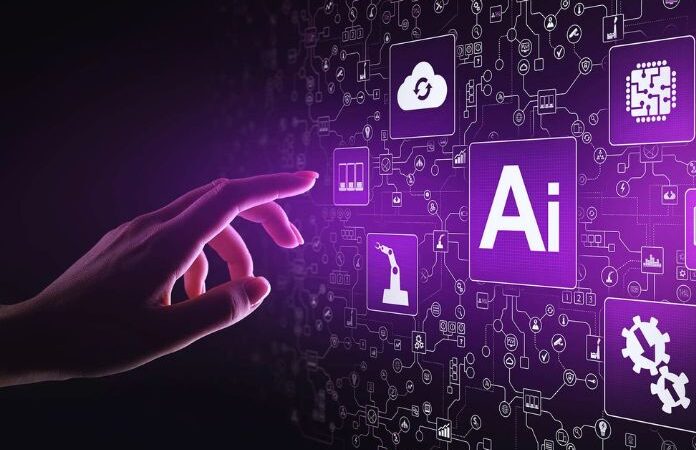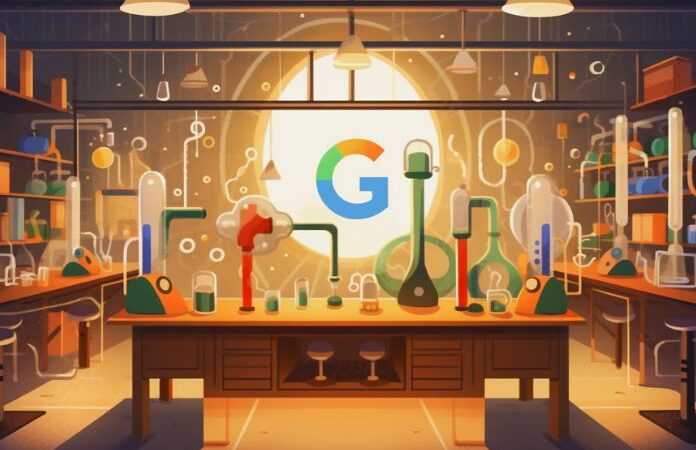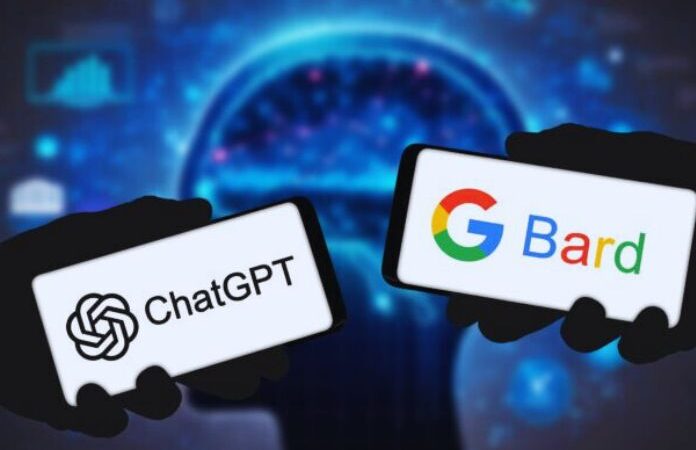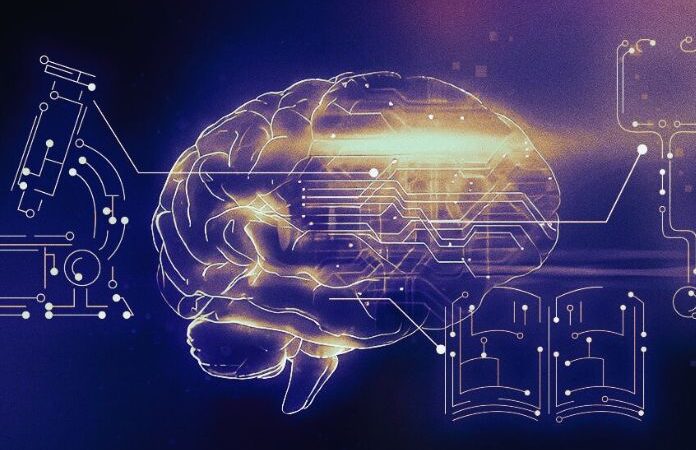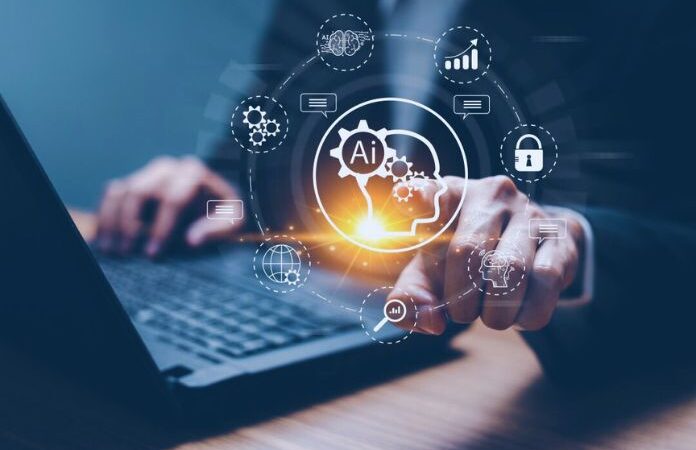Artificial Intelligence: What It Is And What It Offers To Companies

Born as a scientific discipline in the middle of the last century, industry analysts now indicate artificial intelligence as a significant technological challenge that can open up new scenarios for companies. Rivers of money flow around it, the big names in IT do research in this sector, and if they need internal resources, they acquire startups or small specialized companies. Historically, the first IT companies to invest in artificial intelligence have been IBM and Microsoft, followed by players of the caliber of Apple, Facebook, Google, and Amazon, to name a few.
Artificial intelligence, often called AI (artificial intelligence), finds applications in various fields, from retail to transport, the medical sector to finance, and Internet searches to personal assistants such as Alexa and Siri. However, artificial intelligence involves an intrinsic complexity linked to the difficulty of defining what human intelligence is and what is meant by “intelligent machine. ” Furthermore, while many AI-based solutions are available, there still needs to be a gap between theoretical achievements, practical applications, and large-scale deployment of potentially AI-enabled innovation.
Table of Contents
Artificial Intelligence From Its Origins To Today
The official birth of artificial intelligence dates back to 1956 when a conference dedicated to developing intelligent machines was held at Dartmouth College in New Hampshire. The initiative was proposed by a group of researchers led by John McCarthy, who aimed to create a device capable of simulating human learning and intelligence in a few months. The challenge was taken up by leading personalities from academia and industry, including Marvin Minsky and Claude Shannon of Dartmouth College, Arthur Samuel of IBM, Ray Solomonoff, and Oliver Selfridge of MIT.
At this conference, McCarthy first introduced the term “artificial intelligence, effectively sanctioning its birth as an autonomous discipline. The goal of creating a machine capable of simulating every aspect of human learning has yet to be achieved. However, research done in this direction has paved the way for new fields of study and results, which, over time, have brought artificial intelligence ever closer to the business world. Among the milestones of this evolution are LISP (1958), a specific programming language for artificial intelligence problems developed by McCarthy himself, and the ELIZA program (1965), which simulated the interaction between a patient and a psychotherapist.
The complex problem of building machines capable of replicating human intelligence has gradually evolved into a more pragmatic approach based on the breakdown of a problem into sub-problems. Since the 1970s, various “expert systems” have been developed, i.e., programs capable of tackling a specific problem by simulating the skills of an expert in that particular field. A significant milestone in this development was MYCIN (1976), an expert system capable of diagnosing blood disorders. It was in the 1980s that artificial intelligence left the academic field and entered the industrial world. An example of this historical passage is R1, a system used by Digital Equipment that allowed configuration orders for new computers: introduced in 1982, R1 is the first expert system used in the commercial field.
Since then, applications based on artificial intelligence have multiplied to the present day. The turning point is due to the evolution of computational capabilities and the development of a series of enabling technologies, including Big Data and cloud storage. In this development, artificial intelligence is understood as a discipline that solves specific problems in well-defined areas. The approach followed is that of weak AI, according to which machines can behave as if they were intelligent. A wide-ranging system maintains the aspiration to a great goal but focuses on solving specific problems. This conception contrasts with strong AI, according to which machines can be intelligent.
The Technologies Available
In the last two decades, tools and technologies have been developed that promise companies a qualitative leap in managing their business. Some solutions are established and have reached market maturity, while others are still developing. It is impossible to predict if their potential will transform into a real impact for companies. Forrester identifies the 13 technologies it believes are most meaningful to businesses. Considering that the scenario is constantly evolving, the research company lists them starting from those applied only in specific areas, moving on to the more mature ones that can count on a consolidated ecosystem of suppliers, system integrators, and customers.
- Deep learning platforms: These algorithms recognize objects in images, analyze sound waves to convert speech into text or process language, and translate it into a suitable format for analysis.
- Natural language generation (NLG): this set of technologies enables a fluid interaction with human language to offer information, insights, and exchanges through sentences or lengthy texts. They produce human-readable text, typically from a response body or text component.
- Swarm intelligence: swarm intelligence technologies (literally swarm intelligence) are decentralized systems to which various actors, both human and software, contribute, each of which offers a part of the solution to a problem. In this way, superior intelligence is built, which brings together and increases the specific knowledge of individuals. These technologies use the behavior of social insects (such as bees). They are applied to model algorithms that respond to business objectives, such as managing a fleet of delivery vehicles, or give answers to specific questions, such as predicting sports results.
- Biometrics: Biometric technologies enable a more natural interaction between humans and machines. These technologies detect physical characteristics of the human body and include recognizing images, voice, and body language.
- Photo and video analysis: These are tools and technologies that analyze pictures and videos to detect objects and characteristics of things. These platforms find applications in various sectors, including retail, insurance, security, and marketing.
- Semantic Technology: A central problem for AI is understanding the environment and context in which it is applied. Semantic technologies respond to this problem by providing a deep understanding of data and creating the basis for introducing classifications, taxonomies, hierarchies, relationships, models, and metadata.
- Speech recognition: these are tools and technologies that understand and interpret spoken language by capturing audio signals and transforming them into written text or other data formats that can be used in various applications, such as voice systems for customer service, mobile applications, or physical robots.
- AI-optimized hardware: This category includes GPUs and appliances designed to perform specific AI tasks, such as machine learning and deep learning.
- Machine learning (ML): Machine learning platforms offer algorithms, APIs, and development tools to design, develop, and train models in applications, processes, and other machines. ML platforms are used in situations where to solve a problem. It is necessary to recognize patterns in large data sets.
- Robotic process automation (RPA): RPA technologies include various methods to automate human actions and make business processes more efficient
- Text analysis and natural language processing (NLP): This category contains tools to understand and interpret written text and documents. In more advanced versions, these tools can be used to understand emotions and feelings and, to some extent, predict user intentions.
- Virtual agents: software that offers an interface that allows the user to interact naturally with a machine or computer system. Among them are chatbots widely used for customer service and mobile applications.
- Decision management: This software allows you to automate decisions in real time by directly inserting policies and rules that will enable AI systems to deduce conclusions and take action.
The AI Dream Becomes A Team Game
While the scientific and philosophical debate on the nature of human intelligence and the possibility of replicating it continues, the industrial world has chosen the more pragmatic approach, which falls within the meaning of weak AI. Every company that develops solutions based on artificial intelligence pursues its goals, including economic ones. However, some non-profit organizations boast big IT players among their supporters and aim to advance the development of artificial intelligence for the benefit of all humanity.
Open AI has set itself the ambitious goal of creating an AGI (artificial general intelligence), or a system capable of equalizing human intelligence. In a certain sense, it is a return to the original conception of artificial intelligence, strong AI, but with the support of current knowledge and future developments enabled by the “intelligent systems” created up to now. Open AI, in turn, is part of the Partnership on AI. This association proposes itself as a meeting place for all those who work in the field of AI, from the academic to the industrial and political worlds. Its members are Apple, Google, Facebook, IBM, and Microsoft.
Also Read: What Is User-Centered Design Methods: Three Methods


